
Whether you’re part of an agency, a freelancer, or a business owner, chances are you’re already familiar with digital marketing. As you probably know, this powerful strategy has been growing rapidly in recent years. You also know that with a well-designed campaign, you can reach thousands—or even millions—of people. In fact, a solid digital marketing strategy can be the key difference between a struggling brand and a thriving one.
But what you might not realize is that digital marketing comes with its own set of limitations. One of the biggest? Its reach. And when it comes to reach, language is more than a barrier—it can be a wall.
That’s why planning multilingual campaigns is not just an option—it’s a strategic advantage. Breaking language barriers is the next big step in growing your audience, expanding your brand, and boosting your conversions.
Today, we’ll show you how to unlock new markets and connect with a global audience by leveraging language. With Talkao’s AI-powered translation tools, you can create digital marketing campaigns in any language—and finally take your business beyond borders.
What is digital marketing and why is it so important today?
Without a doubt, we live in a world where buying decisions have changed dramatically. Consumers no longer make choices solely in physical stores or while watching TV. Today, you interact constantly with brands through social media, search engines, emails, and websites. In this context, understanding what digital marketing is becomes essential to stay competitive and relevant. That’s why it’s crucial to know how it works—and why it has become a core element of every successful business.
It doesn’t matter whether you’re launching a startup, running a multinational company, or simply exploring new opportunities. One fact is undeniable: you need to understand the key strategies of digital marketing. Moreover, you must recognize its deep impact on everyday life and the business world. But can you actually define digital marketing in simple terms? Like many essential concepts, it can be tricky to put into words. So today, let’s break it down as simply as possible—without diving too deep into all its dimensions.
A strategy, a vision, or just a trend? What the @#|” is digital marketing?
People go to college or spend years behind a desk to master what we’re about to explain in just a few lines. So yes, this will be a simplified definition—but a useful one for our purposes.
In short, digital marketing is a set of strategies and techniques used to promote products, services, or brands through digital channels. Unlike “traditional marketing,” digital marketing relies on the internet, mobile devices, social media, search engines, and digital platforms to reach potential customers. Its main strength? The ability to connect with your audience in a more targeted, personalized, and—most importantly—measurable way. Keep that last word in mind—it’s the backbone of everything.
Thanks to digital marketing, you can reach your ideal customer at the right time, with the right message, through the right channel. And all with a level of customization and analytics that traditional media simply can’t match.
Now let’s get to the real question…
Why is digital marketing so important today?
The answer lies in how technology has completely transformed consumer behavior. That’s a fact. As a user yourself, you probably check online reviews before making a purchase. You likely follow your favorite brands on social media or subscribe to newsletters to get exclusive deals.
In this landscape, businesses without a strong digital presence fall behind their competitors. The most agile and visible brands are those that integrate digital marketing into the core of their operations.
Remember when we told you to hold onto that concept of measurability? That’s the key. Digital marketing tools—unlike any other business strategy—let you measure, adjust, and optimize in real time. This means you can make smarter decisions, maximize every dollar spent, and respond almost instantly to market changes. No other approach gives you this level of control and agility.
And that is the heart of why digital marketing is essential in today’s business world. But there’s more—so pay attention, because this is what makes digital marketing such a powerful force for your business.

Democratization, segmentation, and growth: The three pillars of digital marketing
Digital marketing democratizes market access—and it truly does! Today, you no longer need a massive advertising budget to grow your brand. With the right strategy, you can achieve significant visibility right from your laptop or even your phone.
Although it might sound contradictory at first, digital marketing democratizes access through segmentation. Yes, it may seem confusing, but let’s break it down. Market segmentation is what has made digital marketing more accessible to businesses of all sizes. In traditional marketing, a radio station or TV channel charges for a one-size-fits-all campaign. That’s like scattering seeds in the wind and hoping they land on fertile ground.
Digital marketing, on the other hand, targets only your ideal customer. Using the same metaphor, you plant only in the most fertile soil. This makes digital marketing budgets significantly lower than those of traditional media. Plus, you only invest what you need—making it both scalable and progressive. And that’s the third and most important pillar of this digital marketing framework.
Top digital marketing strategies: Why should you know them?
Using digital marketing effectively is no longer just about growing your business—it’s about basic survival in today’s competitive landscape. That’s why it’s essential to understand the most widely used strategies that play a key role in attracting, converting, and retaining customers:
SEO (Search Engine Optimization)
SEO focuses on optimizing your website to appear at the top of search results on Google. Sure, there are other search engines, but can you name one off the top of your head? That’s why Google is the undisputed king of search, handling 98% of global searches. Implementing effective SEO techniques allows you to gain organic visibility—which means a consistent stream of high-quality traffic without paying for every new lead.
By creating relevant content, using strategic keywords, and improving user experience, you can position your site as a reference in your field. Blogs, articles, newsletters, and other tactics will help establish your authority in the industry.
SEM (Search Engine Marketing)
Unlike SEO, SEM refers to paid campaigns—such as Google Ads—that place your site in the top results instantly. This strategy is ideal for gaining quick visibility, launching promotions, or expanding your reach immediately. However, for SEM to be profitable, you need a well-defined strategy. A significant portion of your budget will go into targeting the right audience and continuously optimizing your ads.
Content Marketing
This is one of the slower strategies, but over time, it becomes one of the most sustainable and rewarding. Content marketing is all about creating and sharing valuable content to attract, educate, and retain your audience. It can take many forms: blogs, infographics, videos, ebooks, podcasts, digital magazines, and much more.
The goal is to make your brand a trusted source of information, building credibility and authority in your niche. As Robert Cialdini, a leading voice in consumer psychology, once said: “Credibility leads to authority, and authority builds loyalty.” High-value content positions you as a key player in your market—and that’s a huge advantage.
Of course, creating quality content takes time and skill. Researching and writing are no easy tasks. But if you get it right, this becomes one of the most sustainable marketing strategies available.
Email Marketing
Email remains a powerful tool for connecting with your audience. With email marketing, you can directly reach people who have already shown interest in your business. Well-designed campaigns help you stay top-of-mind, share promotions, launch products, or simply nurture relationships.
The secret lies in personalization, list segmentation, and delivering relevant content. Today, many platforms allow you to automate much of the email process. These tools do a lot of the heavy lifting—but still require thoughtful planning and content creation to be effective.
Social Media Marketing
Having a presence on platforms like Facebook, Instagram, LinkedIn, or TikTok—and even those that haven’t emerged yet—is no longer optional. These are the spaces where users spend most of their time and expect to engage with their favorite brands.
With the right content strategy, you can build a community and foster engagement. This gives your brand immediate and scalable resources to increase visibility and customer loyalty.
Paid Social Advertising (Social Ads)
Beyond organic content, social media offers powerful advertising options. You can target ads to specific audiences based on age, interests, behaviors, or even geographic location. This lets you run high-performance campaigns with full control over your budget and results.
As we said before, having the power to decide how much, where, when, and most importantly, to whom you want to advertise is incredibly valuable.
We’ve now covered the true power of digital marketing—but maybe you’re wondering what this has to do with language learning or global communication. Don’t worry… you’ll see soon enough.
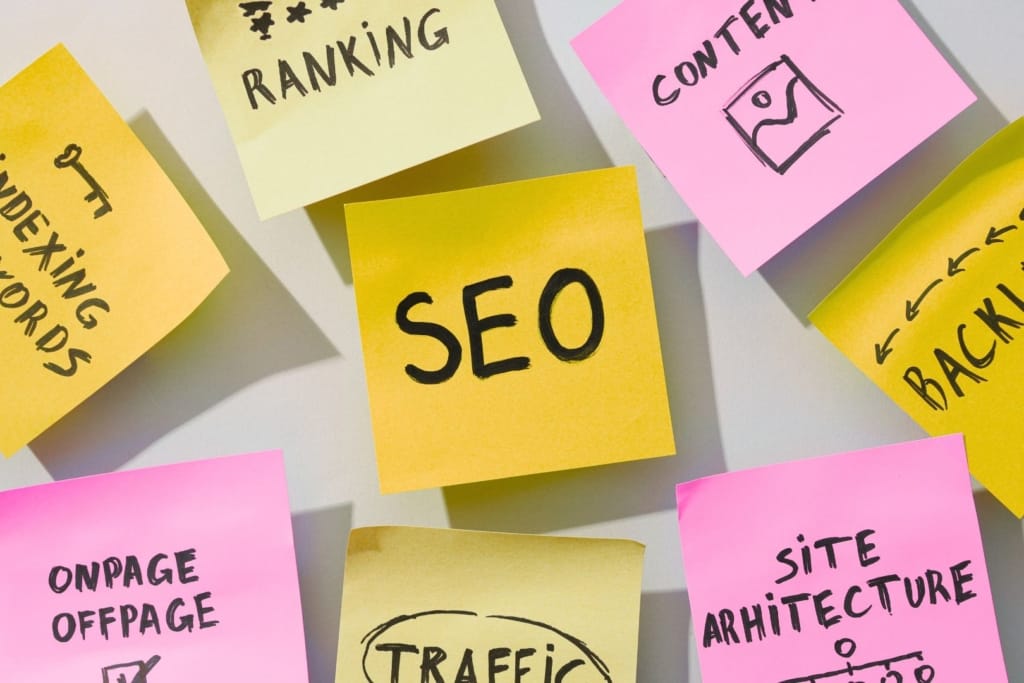
Languages and digital marketing: One empowers the other
Today, digital marketing isn’t just transforming businesses—it’s reshaping entire industries and social habits. Brands no longer communicate in a one-way fashion. Now they listen, interact, and respond. The modern consumer holds more power than ever before.
Thanks to digital marketing, purchasing decisions are increasingly based on personalized experiences. But beyond that, they are also shaped by authentic reviews and emotionally resonant content. The businesses that can understand these shifts and adapt quickly are the ones that achieve sustainable growth.
Languages define markets
To succeed in this evolving landscape, there’s one crucial insight you must grasp: language defines markets. What does this mean in practice? Simply put, marketers and brands divide audiences into various segments—and language is one of the most powerful segmentation factors of all.
Why is language more than just a communication tool?
Let’s look at a clear example. Think of Spanish not just as a language, but as a powerful connector—a bridge that links over 500 million people worldwide. It doesn’t matter if you’re speaking to a construction worker in Madrid or a teacher in Paraguay—Spanish creates an immediate connection.
The same is true for English. Whether you’re talking to a taxi driver in Sydney or a financial advisor on Wall Street, English becomes the common ground. That means from your personal device, through a single language, you can enter the minds—and hearts—of millions of consumers.
This is far more powerful than any other segmentation factor. You could target by age, education level, country, or even eye color. But if you truly want to make an impact, language is the most relevant and effective way to classify your audience.
So, what’s the link between digital marketing and language?
By now, it might seem obvious—but the answer is: Everything.
In your digital marketing campaigns and strategies, every new language doesn’t just expand your communication—it unlocks access to entirely new audiences, to hundreds, thousands, even millions of people.
But there’s a critical point to consider in digital marketing: the cost of a missed opportunity. That is, the risk of trying to reach an audience—but doing it wrong. Launching a campaign in another language with errors is like trying to open your house with your car keys—pointless.
Many businesses, from small startups to large global agencies, make the same mistake: they try to expand into new language markets without the proper tools or understanding. It’s not just a minor error—it can break your entire strategy.
One of the most damaging mistakes is launching a digital marketing campaign in a foreign language incorrectly. Why? Because, going back to the key analogy: your customer might arrive at your door—but with the wrong key in hand.
And that brings us to the most important takeaway of this entire article…
How to optimize your digital marketing campaigns in another language
As you’ve probably realized by now, digital marketing is neither simple, easy, nor cheap. It demands careful study, strategic planning, and the right resources. You need to deeply understand your audience—and how they perceive your brand. So ask yourself this: Do you think speaking to them incorrectly will ever work in your favor? The answer, without hesitation, is a resounding absolutely not.
That’s why using the right translation tools is non-negotiable—especially if you’re not fluent in the language you’re targeting. A basic course in French or a language certificate won’t cut it. What truly matters is establishing a clear, fluent, grammatically correct—and above all, credible—connection.
Credibility is everything in digital marketing
Your audience must trust every word you say. And for that to happen, using the language properly is essential. But how can you do this without spending thousands on translators or interpreters?
That’s where Talkao’s AI-powered translation technology comes in.
Translate your campaigns naturally
Everything you express in your marketing campaigns can be translated in a natural, organic, and purpose-driven way using AI. Talkao’s translation features go far beyond word-for-word translation—they capture the entire context. They adapt to the regional expressions, idioms, and everyday speech of your target audience. That means whether your tone is formal, casual, friendly, or even edgy—your message will sound exactly how you intended.
You can also translate text within images—without having to type it manually—using the Talkao Camera Translator. This feature supports any alphabet and dramatically reduces translation errors.
Translate posts, reels, and any audiovisual content
So, you’ve translated your text and you’re ready to publish a post, a video, or an audio piece. But how do you translate it without sounding robotic, stiff, or artificial?
With Talkao Translate and Talkao’s voice translation features, your content does more than just get translated—it’s transformed to match the native rhythm, tone, and nuance your audience expects. This ensures your message resonates, no matter where it’s heard.
One standout feature is the real-time video translation tool. Think podcasts, Instagram Reels, or Stories—Talkao can translate them instantly, accurately, and with native-sounding delivery.
Reach any audience, in any language
So go ahead—dare to expand into new markets. With Talkao’s AI translation tools, there are no limits to where your message can go. From one corner of the world to the next, language is no longer a barrier—it’s your biggest ally.
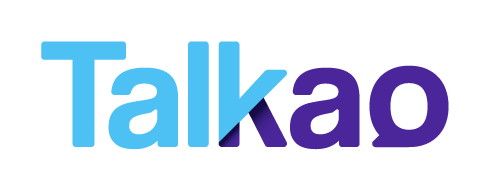

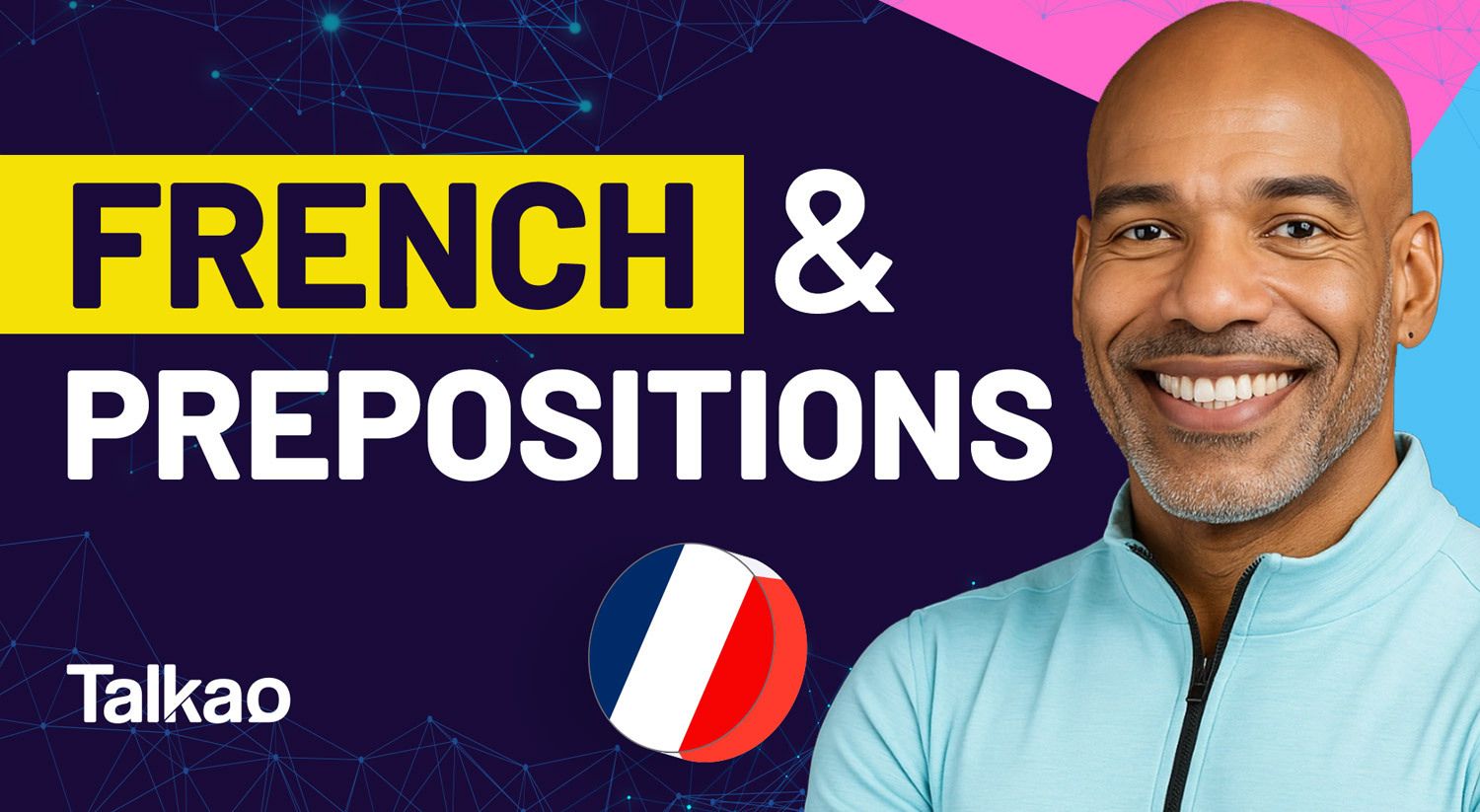

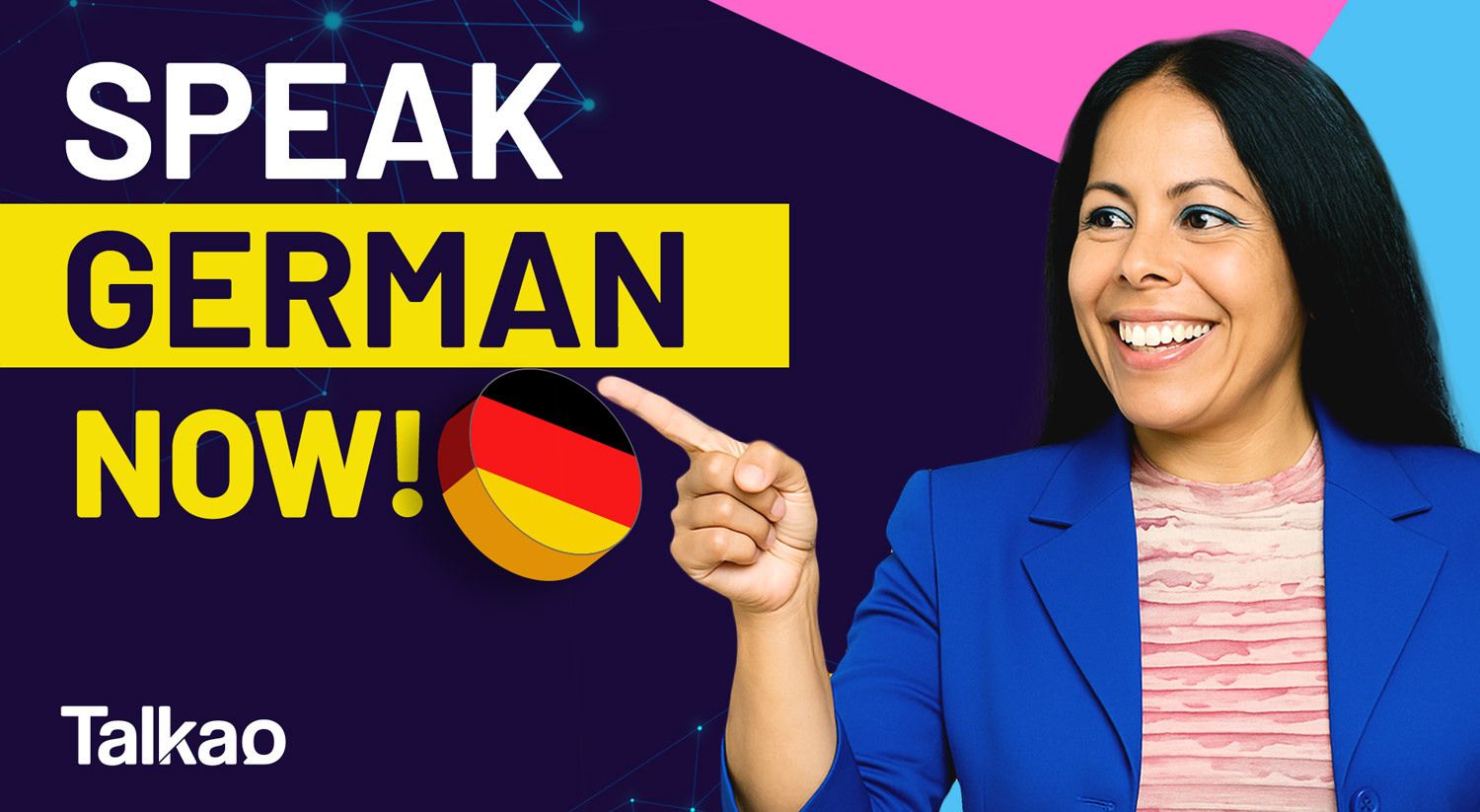
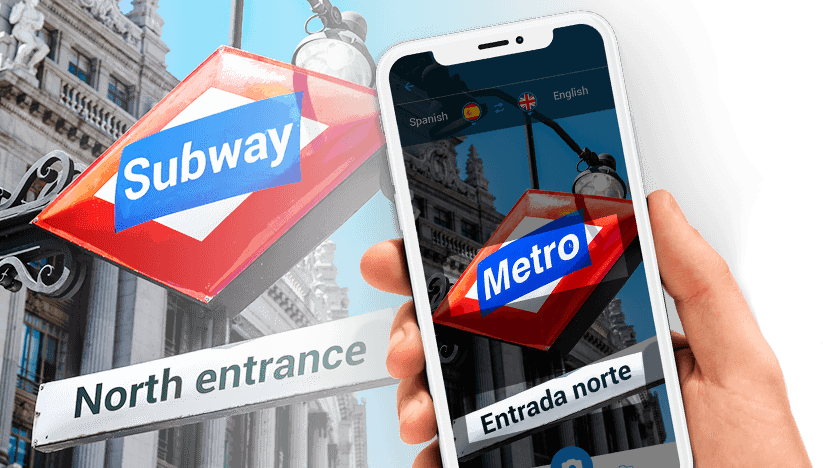




Newsletter